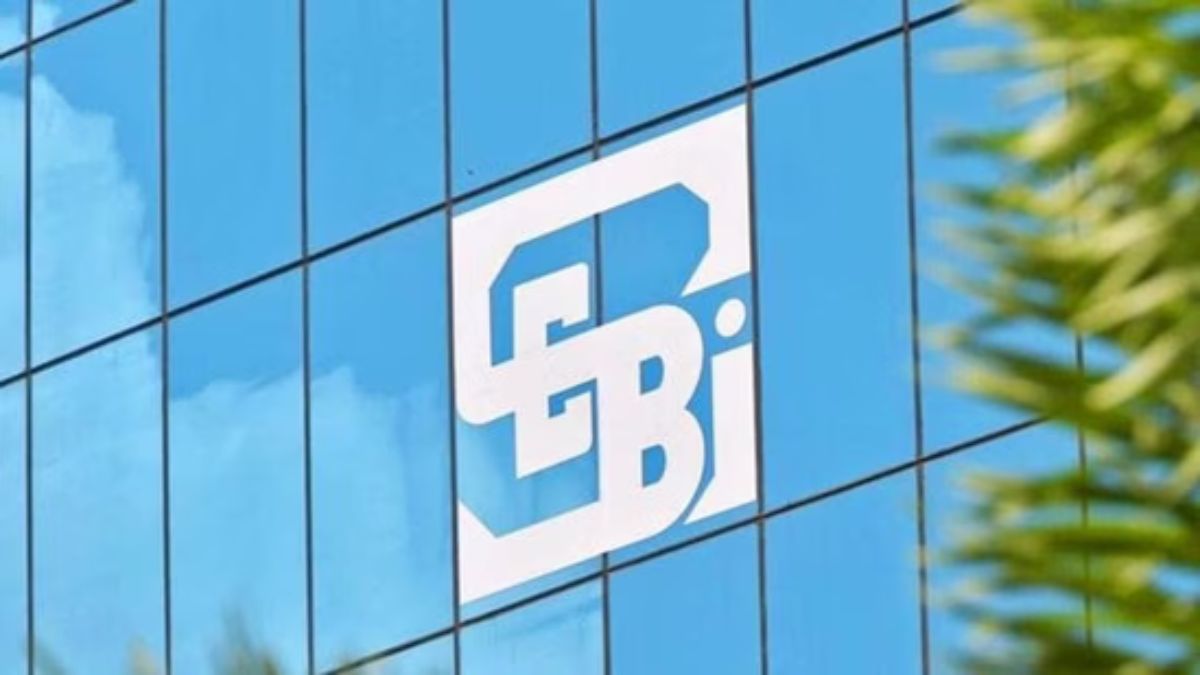SEBI New Guidelines: New rules of SEBI (Securities and Exchange Board of India) for equity index derivatives are set to roll out today, November 20, 2024, but due to the trading holiday, they’ll actually take effect from tomorrow, November 21. SEBI has rolled out three new rules to safeguard small traders who’ve incurred significant losses in index options and futures trading. Let’s dive into the details of the new rules effective this November governing the Futures and Options (F&O) market and their anticipated implications for traders.
SEBI New Guidelines: One Weekly Index F&O Expiry Contracts
Effective November 21, 2024, National Stock Exchange (NSE) and Bombay Stock Exchange (BSE) will limit weekly expiry contracts to a single benchmark index. Only Nifty 50 and Sensex will retain their weekly expiry contracts, while six other index derivatives will cease to have weekly expiries.
What does it mean for traders?
Trading activity surges in index derivatives near expiry day, fuelling market volatility. SEBI’s move to limit weekly expiries will curb volatility, protecting traders from significant losses.
SEBI New Guidelines: Increase In Contract Size Of Index Derivatives
From November 21, 2024, index derivative contract sizes will increase as per SEBI’s directive to exchanges. Currently, the contract size for index derivatives ranges from Rs 5 lakh to Rs 10 lakh. Under the new rule, index futures and options contracts will require a minimum contract value of Rs 15 lakhs. To implement the new rule, NSE Nifty 50 lot size will triple from 25 to 75, and BSE Sensex lot size will double from 10 to 20. Nifty Bank and BSE Bankex’s lot size will increase to 30, up 2 times.
What does it mean for traders?
Derivatives’ high risk and leverage pose significant loss risks for small traders. The increased lot size for index derivatives will limit F&O market access to traders with significant capital and risk appetite.
Additional ELM (Extreme Loss Margin)
SEBI introduces Additional Exposure Limit Margin (ELM) on expiry day for short options contracts to curb volatility. Suppose an index options contract’s weekly expiry is on the 11th of the month, another weekly or monthly expiry of the same contract is on the 20th and 29th of the month. Under the new rule, traders must maintain an additional 2% Exposure Limit Margin (ELM) for options contracts expiring on the 11th.
What does it mean for traders?
By imposing extra ELM on short contracts on expiry day, traders must maintain additional margin, mitigating potential losses beyond a certain threshold. The increased margin requirement will curb speculative trading and reduce market volatility. This measure protects traders from severe market swings, especially during periods of high trading activity.
Conclusion
While these changes may limit small and retail traders’ access to equity index derivatives, they also safeguard against significant losses for vulnerable investors. The increased transaction costs, driven by higher ELM and larger lot sizes, will filter out traders who cannot afford the risk.
(With Agency Inputs)
ALSO READ: NTPC Green Energy IPO: Which Quota Boost Allotment Chances? Check Details Here













